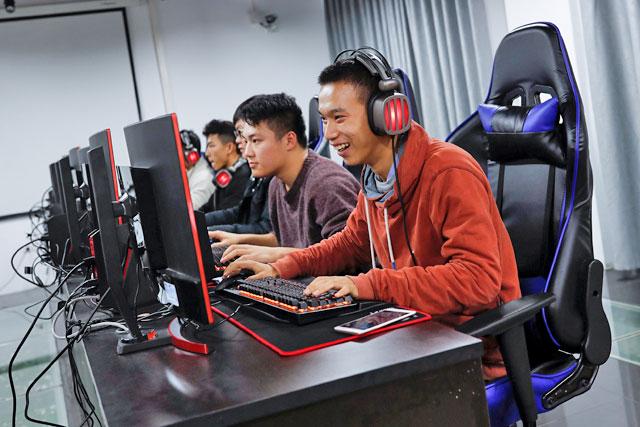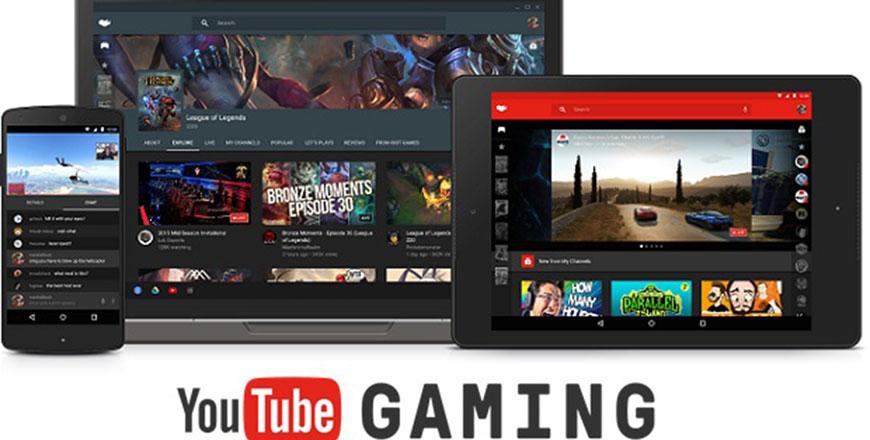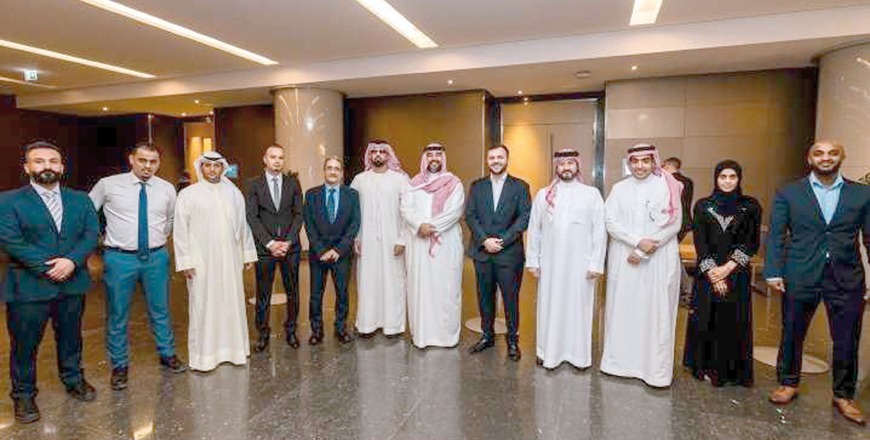You are here
How to be a pro gamer: A glimpse down the esports talent pipeline
By Los Angeles Times (TNS) - Nov 02,2019 - Last updated at Nov 02,2019

Photo courtesy of wordpress.com
By James B. Cutchin
High school team. College programme. Development league. Pro draft.
It’s a system familiar to sports fans. But if you want to make your living in esports, the path isn’t nearly so defined.
Aspiring professional gamers are left to hustle and self-promote their way onto any platform they can find — and hope the right person happens to be looking. Success in the industry can hinge as much on gamers’ social media following as their skills.
As esports grow more established, some see benefits for gamers and the industry in establishing a more structured talent pipeline.
Blaze Elmore, a 17-year-old Thousand Oaks native, is one of the first gamers through it.
Elmore has played games since he was little, and became obsessed with the mobile game “Clash Royale” when it was released in 2016. He was soon haranguing his mother to drive him to tournaments in Los Angeles.
“At first I told him, ‘No, absolutely not. I’ve got work and you’ve got school,’” his mother, Tammy Elmore, said. “But he was just so persistent. I finally gave in.”
Elmore won his seventh live competition in April 2018 at the TCL Chinese Theatre in Hollywood and took home a flat-screen TV and $200. The tournament, hosted by Super League Gaming — a Santa Monica start-up that organises community-focused contests — kicked off Elmore’s rise to the esports big leagues.
The teen spent the next year winning match after match at Super League’s club league tournaments. A scout for Dignitas — an international esports organisation owned by the Philadelphia 76ers basketball team — took notice and, at a Super League event this March, recruited him.
Founded in 2014, Super League Gaming got its start hosting amateur multiplayer events for the hit game “Minecraft” in local movie theatres. It has spread to hundreds of US cities. The company now organises 16 city-based club teams for “Minecraft”, “Clash Royale” and esports titan “League of Legends”.
“It’s something akin to the European football club model,” said Super League Chief Executive Ann Hand. “In some ways we are about creating that recreational club space underneath the pros.”
Much of the attention paid to the burgeoning esports industry focuses on the highest professional levels. Last year’s “League of Legends” world tournament garnered more viewers than the Super Bowl. The prize pool at this year’s global championship for “Dota 2”, another massively popular esports title, doled out a prize pool of more than $34 million. But there’s an untapped market lower in the rungs of the competitive gaming scene, Hand says.
This market is where Super League is planting its flag.
Most of the company’s revenue comes from brand partnerships and event sponsorships with firms such as Red Bull. It intends to increase its emphasis on selling ads on online videos it produces.
In August, Super League announced the creation of a proprietary digital content network that includes original content on Twitch — a gaming video platform acquired by Amazon for nearly $1 billion in 2014 — as well as YouTube, Facebook, Instagram and Twitter. It offers an esports variety show, gaming news and commentary, and livestreams of Super League’s club team matches.
This year, Super League became the first esports business to go public, raising $25 million in its February IPO. The company lost more than $21 million in the first six months of this year on revenue of about $470,000.
Hand says that the environments created by her company’s amateur events help players build skills such as teamwork and the ability to perform under pressure — vital skills for the pro ranks.
Elmore’s matches with Super League’s Los Angeles Shockwaves club team let him hone and showcase his abilities as both a gamer and a crowd-pleasing, tournament-ready esports personality.
This drew the attention of the Dignitas scout.
“I’d read about Blaze before, that he was one of the winningest of all time,” said Heather Garozzo, vice president of marketing at Dignitas. “Seeing him in person, from a marketing perspective he was just fantastic — good on camera, humble, well-spoken, and his mom was there cheering for him.”
Dignitas offered Elmore a spot on its professional “Clash Royale” team.
Garozzo, herself a former esports pro, said that the local competitions where she discovered Elmore broke with her team’s typical recruitment process. “Usually we’re listening to what the conversation is like on Twitter or Reddit,” said Garozzo, “or looking to what our players themselves are saying”.
The typical recruitment approach described by Garozzo shows how the esports talent pipeline has historically taken shape. Teams rely on a combination of online rankings, small third-party tournaments, social media chatter and word of mouth to identify promising new recruits.
Elmore supplemented his time at Super League tournaments with hours spent boosting his profile online.
“It was definitely hard,” he said. “The Super League events were really big, but I was also tweeting and streaming [ on Twitch]. That got me a lot of supporters.”
A few esports titles, most notably Blizzard Entertainment’s “Overwatch” and Riot Games’ “League of Legends”, have built their own talent pipelines.
Blizzard has a Path to Pro programme designed to funnel aspiring competitive “Overwatch” players into professional teams.
The track begins with an open division, which allows anyone who has achieved a sufficient in-game level to compete for the chance to take part in the annual Overwatch Contenders tournament series. Although winners are not guaranteed pro team appointments, talent scouts from many of the world’s top “Overwatch” teams attend to identify and recruit promising players.
Riot Games employs a similarly regimented system to ensure a supply of fresh talent for its esports powerhouse, “League of Legends”. Its North American League Championship Series is based on a franchise model, with 10 teams. Any franchised team is also required to run an “Academy” team, which serves as a training ground and farm team for up-and-coming players.
Meanwhile, high school and college esports scenes are being built and supported by a plethora of tournament organisers, consultants and school faculty.
Santa Monica start-up PlayVS, for example, partnered with the National Federation of State High School Assns. — the regulatory body for high school sports — last year to develop esports teams at American high schools. At the college level, the National Assn. of Collegiate Esports — a nonprofit group that regulates and promotes the college scenes for some esports titles — is one of several organisations that consult with school staff on best practices for esports programmes and intercollegiate tournaments.
The focus of most of these groups is recreational, but some players also use the scholastic leagues as an opportunity to hone their skills and gain attention in hopes of going pro.
The line between amateur and pro is clear for Elmore.
In August, he moved into Dignitas’ Playa Vista gaming house, living and training with his teammates and manager. Now that his final year of high school has started, Elmore divides his time between school, family and practice for his new career.
Andrew Barton, Dignitas’ general manager, said that Elmore has quickly adjusted. “He’s balancing his time with schoolwork and as a professional very well,” Barton said. “It’s very impressive.”
Barton attributes some of Elmore’s success to the things he learned going through the pipeline. “Super League definitely prepared him very well,” he said.
Related Articles
WUHU/SHANGHAI — In an industrial park on the edge of Shanghai, a dozen Chinese teenagers are taking a break from battling digital armies to
LOS ANGELES — YouTube is seeking to win over gamers.The online video giant announced plans ahead of next week’s Electronic Entertainment Exp
AMMAN — HRH Prince Omar Bin Faisal, interim chairman of the Jordan Esports Committee, has been elected to the board of directors of the Arab


















